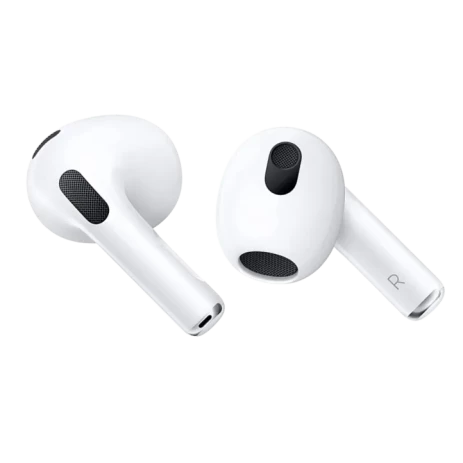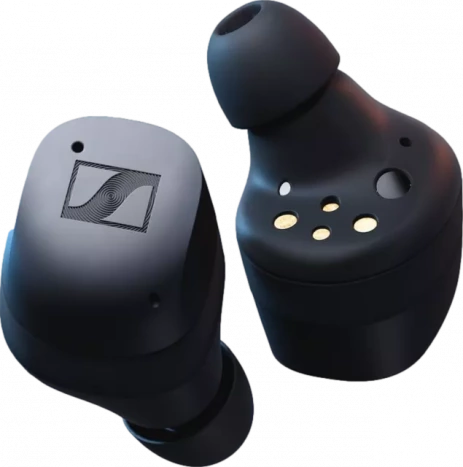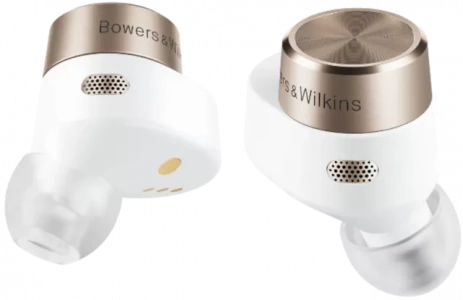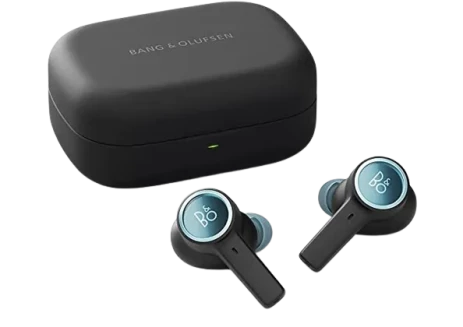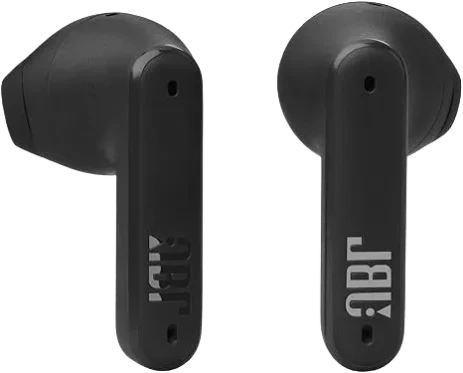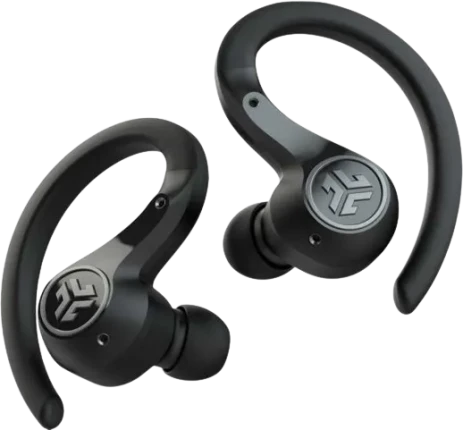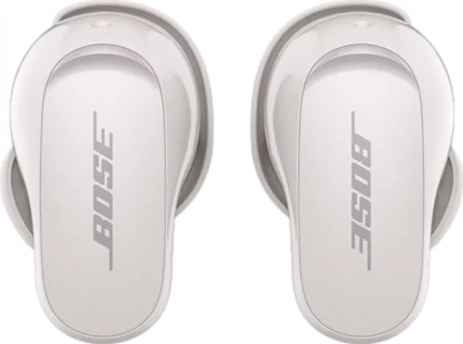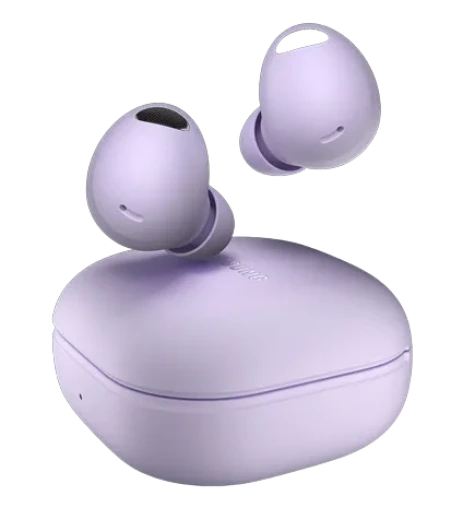Ingress protection ratings is the rating of protection offered by an enclosure, against solids and water. In the format of IPXX, 'X' represents a number The first value represents protection against solids such as dust, followed by the one that refers to resistance against liquids (water).
Scoring IP68, the JBL Reflect Aero TWS's rating for solids indicates that they are completely dust proof, and of liquids that they are protected against the effects of continuous immersion in water, ingress of water in quantities causing harmful effects shall not be possible. Conditions should be more severe than for numeral 7..
JBL Reflect Aero TWS have a weight of 13g . We prefer a lower weight better because lighter devices are easier to carry.
For a device to be true wireless it must have no wires linking any part of the device together, JBL Reflect Aero TWS are true wireless for this case since they have no wires. This is an important difference as some wireless earbuds have cables linking the 2 earbuds together. The JBL Reflect Aero TWS come with wingtips, these are commonly used for earbuds for workouts and are usually an optional add-on to each silicone ear tip for a better fit.
JBL Reflect Aero TWS are resistant to sweat
JBL Reflect Aero TWS are both dustproof and water-resistant. JBL Reflect Aero TWS have stereo speakers, devices with stereo speakers deliver sound from separate channels on both left and right sides, this creates a richer sound and a better listening experience. Active noise cancellation makes use of advanced kind of tech to actively counter noise.
ANC works when, it studies the sound pattern outside and inside the earbud and after inverts the soundwaves to counter it. Simply put, it's like having +1 (noise) and producing -1 (counter sound by the device) giving 0 hence "diluting" the noise.
The JBL Reflect Aero TWS have ANC allowing you to listen at lower volume levels, good for your ears since you don't need to crank up the earbuds volume to outcompete background noise.
The JBL Reflect Aero TWS stay well in place, this creates a sound seal that tones down your environment sounds well as preventing the earbuds sound from leaking out at the same. JBL Reflect Aero TWS driver unit is 6.8mm in diameter, the bigger the unit the more powerful, and can produce better bass. The driver unit is the component that makes sound in the device, the unit size dictates the sound produced by the device.
The JBL Reflect Aero TWS's lowest frequency is at 20Hz, low-frequency response inidcates how well an audio device generates low frequencies that can be heard, and if it alters the signal on its way through. JBL Reflect Aero TWS's highest frequency is at 20,000Hz, high-frequency response tells how well an audio component makes high human frequencies and if it adjustments to the signal on its way through. SPL, is the pressure level of sound, measured in decibels, dB, JBL Reflect Aero TWS's measurement is 99dB/mW.
Devices with a higher sound pressure level are generally louder when supplied with any given audio source. JBL Reflect Aero TWS's battery life is 8 hours, these last longer than 5 hours of listening which is considered average before recharge. A device's battery life is given by the manufacturer, and with longer battery life, you get to use it for longer and have to charge the device less often.
This is given by the vendor, and the JBL Reflect Aero TWS's case is said to have a charge of 16 hours. A charging case with a longer battery life allows you to recharge your earbuds on the go many times before recharging the case itself. It takes 1.5 hours to fully charge the JBL Reflect Aero TWS's battery.
It is highly adivsable to charge fully the battery before using the earbuds when they have been unused for extended periods. The JBL Reflect Aero TWS have a battery level indicator, an indicator notifies you when the earbuds has a low battery. Its lights show the charging status of your device and case.
JBL Reflect Aero TWS have USB TYPE-C, a standard connector for transmitting both data and power through a single cable. JBL Reflect Aero TWS have Bluetooth version of 5.2, Bluetooth is a wireless technology standard that enables data transfers between devices placed in range, using short-wavelength, ultra-high frequency radio waves. JBL Reflect Aero TWS have a 10meters distance connecting via Bluetooth.
JBL Reflect Aero TWS have 6 microphones. The JBL Reflect Aero TWS use a noise-canceling microphone, these microphones are intended to filter out noise from the earbuds' sound. The JBL Reflect Aero TWS support ambient sound mode, which uses microphones to pass through ambient sound to still be heard even while wearing them
JBL Reflect Aero TWS support fast charging.
Usually, technologies like MediaTek’s Pump Express, are used to reduce the time it takes to fully charge the earbuds. The JBL Reflect Aero TWS have a mute function, they have the feature to mute/unmute a conversation directly from the earbuds. With the JBL Reflect Aero TWS, so you can access the volume control, pause, play, mute, etc whichever features are supported on the earbuds.
The JBL Reflect Aero TWS support voice prompts. Automatically receive information through audio messages, like if there is an issue with the connection. JBL Reflect Aero TWS come with a special case.
Carrying earphones without a case, or putting them in your bag without a casing may easily put them at risk of getting damaged.
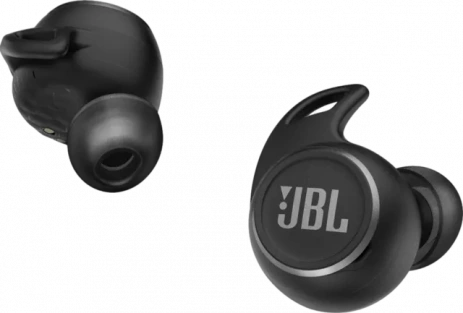


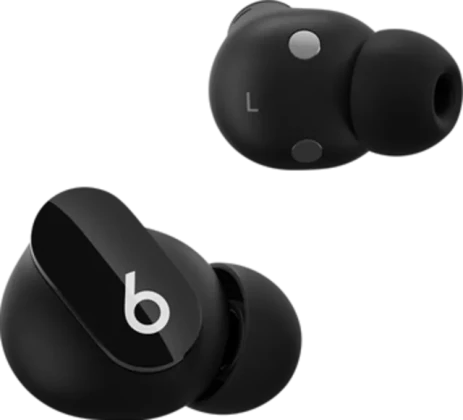
_1671835316.webp)
